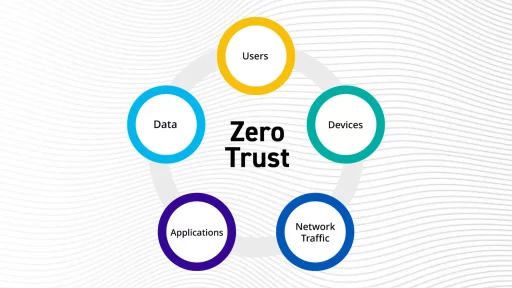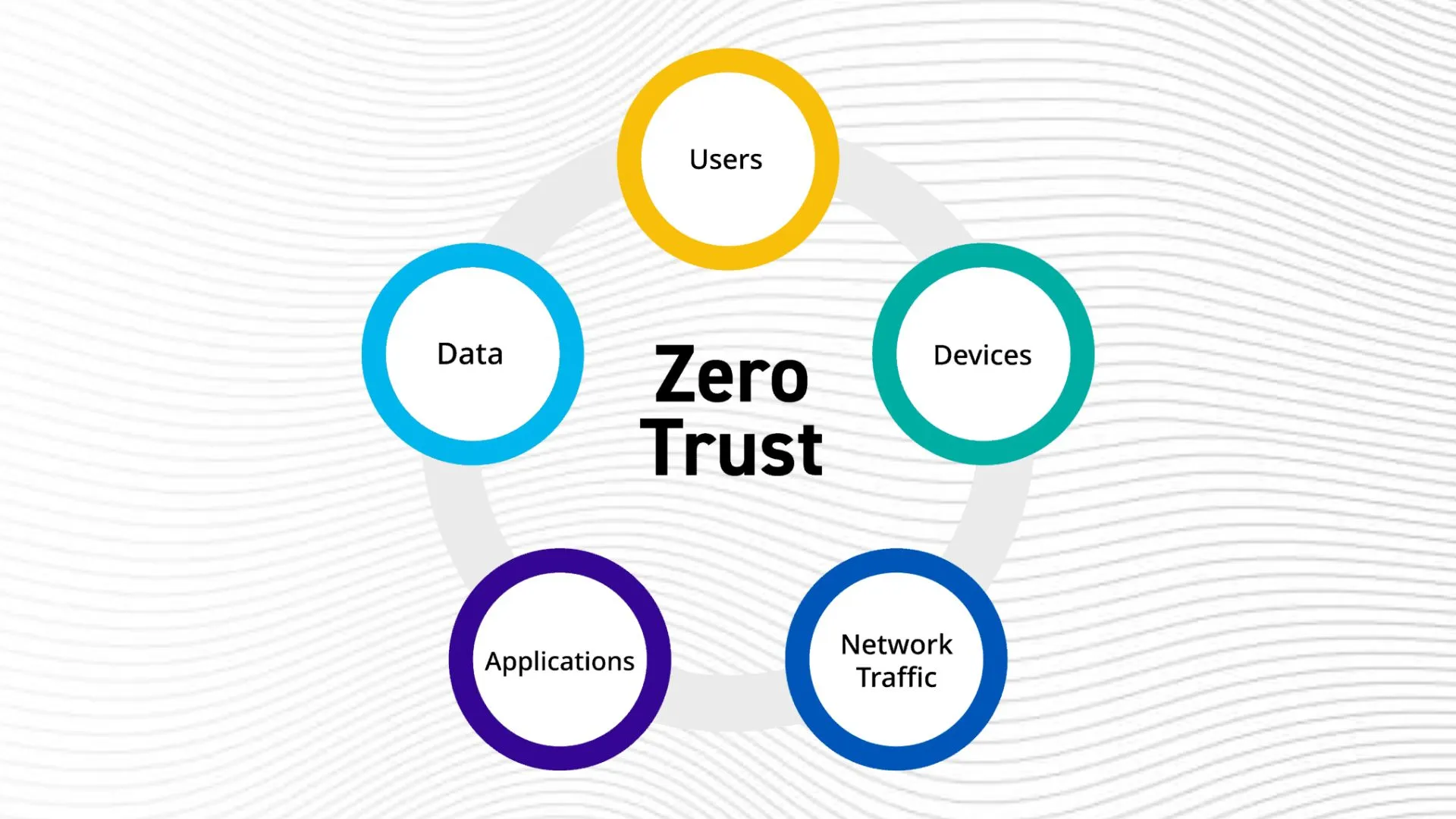In today’s rapidly evolving digital landscape, cyber threats are becoming increasingly sophisticated. Traditional security models, which rely on perimeter defenses, are no longer sufficient. Enter Zero Trust Architecture (ZTA)—a security paradigm that challenges the status quo by advocating “never trust, always verify.” This comprehensive guide will delve into the intricacies of Zero Trust Architecture, its principles, benefits, implementation strategies, and best practices.
What is Zero Trust Architecture?
Zero Trust Architecture is a security framework that requires all users, whether inside or outside the organization’s network, to be authenticated, authorized, and continuously validated before being granted access to applications and data. Unlike traditional security models that assume everything inside an organization’s network can be trusted, ZTA assumes breach and verifies each request as though it originates from an open network.
Key Principles of Zero Trust
- Verify Explicitly: Always authenticate and authorize based on all available data points, including user identity, location, device health, and service or workload.
- Use Least Privilege Access: Limit user access with just-in-time and just-enough-access (JIT/JEA), risk-based adaptive policies, and data protection to protect both data and productivity.
- Assume Breach: Minimize blast radius and segment access to prevent lateral movement. Leverage end-to-end encryption, monitor analytics, and apply micro-segmentation.
Why Zero Trust Matters
Enhanced Security
Zero Trust reduces the risk of data breaches by ensuring that every access request is thoroughly vetted. This is particularly crucial in the age of remote work and cloud computing, where traditional network perimeters are obsolete.
Improved Compliance
Many industries are subject to strict regulatory requirements. Zero Trust helps organizations maintain compliance by providing granular access controls and detailed audit logs.
Increased Visibility
With Zero Trust, organizations gain comprehensive visibility into user activity across their network. This heightened awareness enables quicker detection and response to potential threats.
Implementing Zero Trust Architecture
Implementing Zero Trust is not a one-size-fits-all approach. It requires careful planning, continuous monitoring, and iterative improvements. Here are the critical steps to consider:
1. Define the Protect Surface
Identify the data, assets, applications, and services (DAAS) that need protection. This smaller, more manageable surface allows for more precise security measures.
2. Map the Transaction Flows
Understand how traffic moves across your network. Mapping the flow of data helps identify potential vulnerabilities and informs the creation of security policies.
3. Build a Zero Trust Network
Use micro-segmentation to create smaller, isolated network segments. This limits the ability of attackers to move laterally within the network. Implement robust identity and access management (IAM) systems to ensure that only authorized users can access sensitive resources.
4. Continuously Monitor and Improve
Zero Trust is not a set-and-forget solution. Continuous monitoring is essential to detect anomalies and respond to threats in real-time. Use analytics and machine learning to enhance threat detection and response capabilities.
Best Practices for Zero Trust
Implement Strong Authentication
Use multi-factor authentication (MFA) to add an extra layer of security. MFA requires users to provide two or more verification factors to gain access to a resource.
Leverage Encryption
Encrypt data both at rest and in transit. This ensures that even if data is intercepted, it remains unreadable without the appropriate decryption key.
Apply Principle of Least Privilege
Ensure that users have the minimum level of access necessary to perform their job functions. This reduces the potential damage from compromised accounts.
Conduct Regular Audits
Regularly review and update security policies and access controls. Conducting audits helps ensure compliance with security standards and identifies areas for improvement.
Zero Trust and the Future of Cybersecurity
As cyber threats continue to evolve, the importance of Zero Trust Architecture will only grow. Organizations that adopt Zero Trust can expect to be better protected against data breaches, more resilient in the face of attacks, and more compliant with regulatory requirements.
The Role of AI and Machine Learning
Artificial intelligence and machine learning are poised to play a significant role in the future of Zero Trust. These technologies can analyze vast amounts of data to detect anomalies and predict potential security threats, enhancing the effectiveness of Zero Trust strategies.
Conclusion
Zero Trust Architecture represents a significant shift in how we think about cybersecurity. By assuming breach and verifying every request, organizations can significantly enhance their security posture. Implementing Zero Trust requires careful planning and ongoing commitment, but the benefits—enhanced security, improved compliance, and increased visibility—are well worth the effort.
Ready to Embrace Zero Trust?
If you’re ready to take the next step in securing your organization’s data, consider adopting Zero Trust Architecture. Start by defining your protect surface, mapping transaction flows, building a Zero Trust network, and continuously monitoring your environment. With the right approach, you can create a robust security framework that protects your most valuable assets.
Additional Resources
For further reading on Zero Trust Architecture, check out these valuable resources:
- NIST Special Publication 800-207: Zero Trust Architecture
- Forrester Research: The Zero Trust Model
- Microsoft Zero Trust
By understanding and implementing Zero Trust Architecture, you’ll be well-equipped to navigate the complexities of modern cybersecurity and safeguard your organization against emerging threats.





